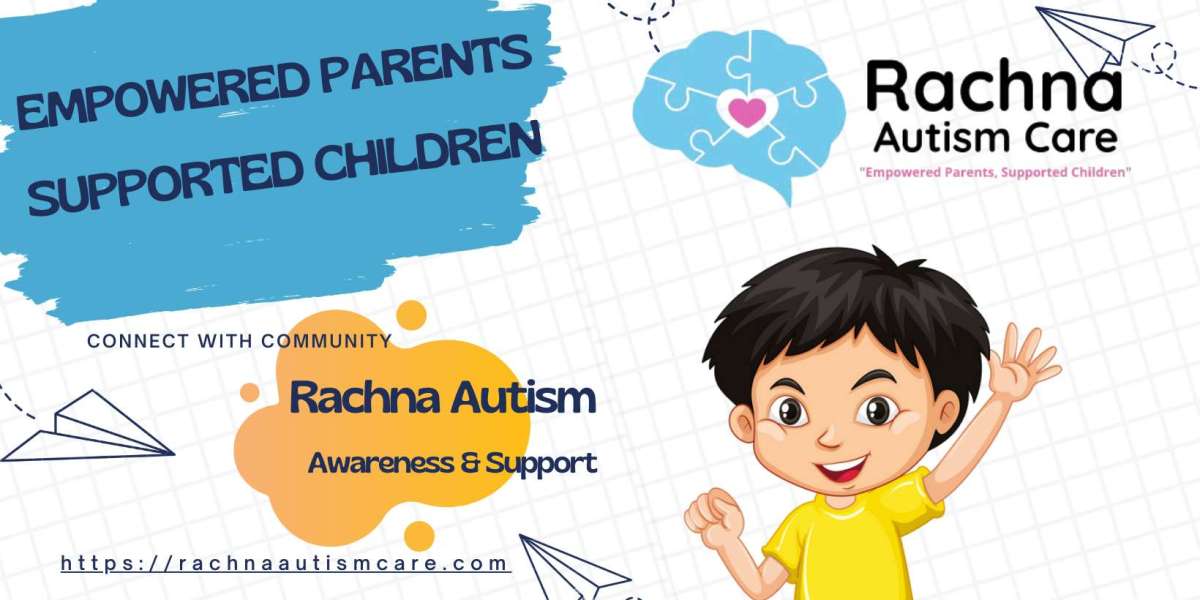To many people, autism continues to be among the poorly understood, often invisible conditions. While certain traits—such as repetitive movements or sensory sensitivities—are easily recognized, others get hidden beneath the so-called mask. Many autistic individuals use the coping mechanisms of masking or camouflaging themselves to negotiate the neurotypical world. However, beneath that mask lies an authentic self that is tired; it is foreign to being wholly accepted, much less understood, or seen.
In this article, we shall discuss autism unmasking: what it is, why masking exists, the ramifications of masking, and how we can ensure that autistic folks feel safe and secure in being themselves.
What Is Masking in Autism?
Masking is when an autistic person consciously, or perhaps unconsciously, hides his natural behaviors, reactions, and ways of communicating to conform to societal expectations. Masking could include any of the following methods:
- Keeping awkward eye contact
- Mimicking another's facial expressions or gestures
- Planning out conversations ahead of time
- Forcing themselves to act normally and suppressing "stimming" (these are self-soothing movements such as jaw flapping and rocking)
- Smiling or laughing to hide confusion or pain
- Masking could help an individual navigate specific social scenarios, but this masking often comes with a toll-painfully felt-mentally and thus, physically.
Why Do Autistic Individuals Mask?
Masking is not deceit; it's survival. Many autistic children learn from an early age that their natural behaviors are seen as "different" or "wrong." They may have been told to "look normal," "act like everyone else," or "stop doing that" when it comes to stimming.
There are many reasons support masking, such as:
- To Prevent Bullying or Judgement – Many autistic children and adults have been singled out for criticism or teasing for traits that may call attention to themselves.
- To Fit in Socially – Many autistic persons may resort to mimicking people that they see as the desirable way of being in order to be socially accepted in a school, work, or other community settings.
- To Meet Expectations at Work or School – These formal environments require "professional" conduct, which does not match the normative communication style of the autistic individual.
Consequences of Masking: Hidden Costs
While masking may well ease the way in the short term, there are severe emotional and physical consequences over the long haul. Autistic people often report:
- Burnout - The constant monitoring of one's behavior is exhausting and can lead to physical and emotional exhaustion.
- Loss of Identity - If you're always acting, it becomes hard to know who you are without the mask.
- Increased Anxiety & Depression - Hiding your authentic self can lead to feelings of isolation and mental health struggles.
- Delayed Diagnosis - Many people,m, especially autistic women and girls, receive misdiagnosis or late diagnosis because masking conceals several obvious traits.
Unmasking Autism: What It Means
Unmasking autism is the process of decreasing or ceasing to hide autistic traits in order to embrace one’s true self. This is not about rejecting all coping mechanisms, but rather choosing to be authentic over conforming whenever possible.
Unmasking may look like:
- Allowing yourself to stim without guilt;
- Being honest about your sensory needs;
- Setting boundaries in social situations;
- Communicating in your preferred way (verbally, in writing, or through assistive devices);
- Seeking environments and relationships that accept neurodiversity.
How to Support the Unmasking Journey
Creating a safe space for unmasking is crucial for parents, teachers, employers, and friends alike.
1. Choose Acceptance over Correction
Accept autistic forms of communicating, playing, or working rather than trying to correct them into “normal” behaviors.
2. Listen with No Judgement
Validate someone who discloses sensory discomfort or social difficulties; do not dismiss them.
3. Alter the Environment
Small adjustments—whether to lessen loudness, provide sensory support, or accommodate downtime—can assist someone more comfortably in being themselves.
4. Celebrate Neurodiversity
Spread the word that those different are not less. Encourage schools and workplaces to embrace multiple ways of thinking and interacting.
Being Seen Is Freedom
Unmasking autism is far from being an instantaneous process; it requires trust, acceptance of self, and environment. For certain people, the mask has been worn for years and, in some cases, decades. However, once it is released, something wonderful happens-the person shines through.
Autistic individuals should not be able to choose between acceptance and authenticity in a world where all expressions of human behavior are welcomed.
Final Thoughts
Masking is a useful survival tool, but it comes at a price. Unmasking autism means creating a world where the autistic can freely express themselves, unapologetically have their needs catered to, and engage authentically in relationships.
The real face of autism needs no hiding; it needs a celebration. By listening, understanding, and accepting, we can make sure no one lives behind a mask someday.








